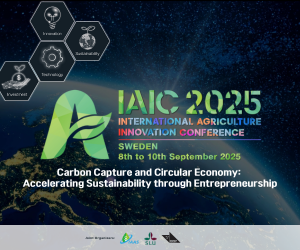‘Soil is miraculous’: How regenerative agriculture could transform fashion
By: Arizona Muse
Around the world, 40 million people a year are displaced when their progressively degrading soils get to a point where they are no longer capable of producing any food whatsoever.
Fashion plays a starring role in all of this. Conventional ways of producing natural fibres include deep tilling, mono-cropping (planting a single crop such as cotton), and liberal use of pesticides all of which lead to stripped, depleted soil, which can’t draw down carbon or support biodiversity. Luckily, there is something we can do to reverse this.
Regenerative agriculture does away with harmful chemicals, strategically arranges plants so they can grow and support each other and uses carefully planned grazing patterns so that animals can fertilise soil.
By mimicking nature, regenerative agriculture rejuvenates land and massively enhances soil’s ability to capture and store carbon. Indeed, if we converted all global croplands and pastures to regenerative organic agriculture, we could sequester more than 100 per cent of current annual CO2 emissions, as well as provide a host of co-benefits for wildlife, food production and water retention.
This has created the opportunity to totally transform the fashion industry. Rather than just pollute less or do less harm, with regenerative agriculture we can actually have a positive impact on the planet through the production of clothes.



 Marrkus Spiske/unsplash.com
Marrkus Spiske/unsplash.com Science China Press
Science China Press